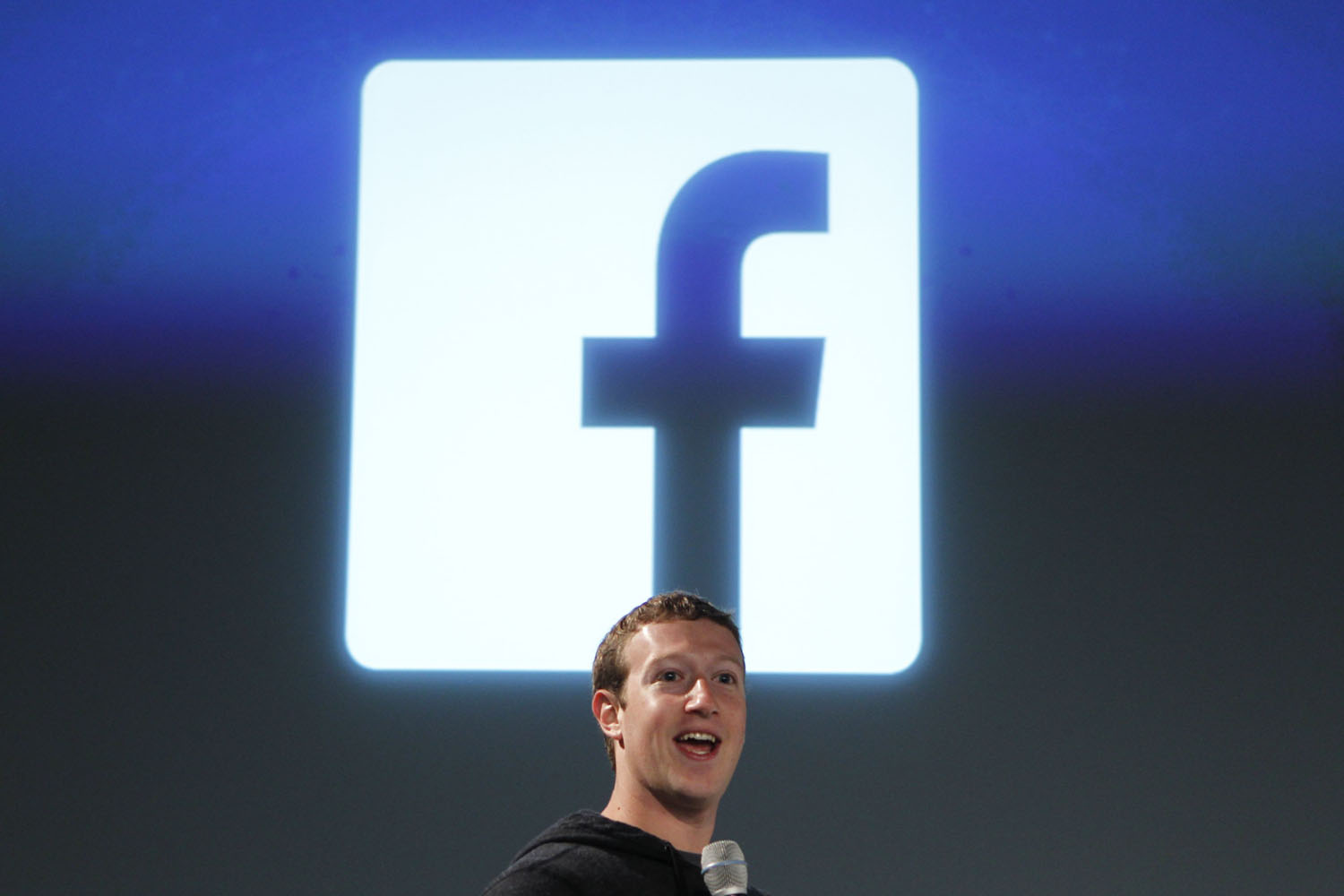
Facebook and its popular Pages platform have been a cornerstone of most companies’ social-media marketing strategies for years. But if the brands, organizations and celebrities that use Pages want to continue to reach Facebook’s 1.23 billion monthly users in the future, they’re going to have to pay up.
Over the past several months, Facebook has been reducing the organic reach of Pages. Even if a person Likes a company or organization on the social network, they’re unlikely to naturally see that Page’s content in their News Feed. In a recent study of more than 100 brand Pages, Ogilvy & Mather found that companies’ posts dropped from reaching 12% of their followers in October to just 6% by February. The tech blog Valleywag reports that Facebook is planning to dial reach down to 1% to 2% of followers eventually.
Facebook declined to comment on the percentage of fans that see posts from a typical Facebook Page (the last publicly disclosed figure was 16% in the summer of 2012), but the company admitted in December that posts from Pages are reaching fewer users. Facebook attributes this change to increased competition as more people and companies join its service. The typical user is inundated with 1,500 posts per day from friends and Pages, and Facebook picks 300 to present in the News Feed. Getting squeezed out are both posts from Pages and meme photos as Facebook shifts its focus to what it deems “high quality” content.
The solution for brands with declining engagement, according to Facebook, is to buy ads. “Like many mediums, if businesses want to make sure that people see their content, the best strategy is, and always has been, paid advertising,” a spokeswoman said in an emailed statement.
The transition to paid marketing on what has long been a free-distribution platform may be a tough sell for some brands, particularly small organizations or individuals who have built up audiences over years. So far, though, pressing the screws to Pages hasn’t hurt Facebook’s bottom line — the company generated $7 billion in ad revenue in 2013, and research firm eMarketer projects that figure will grow to about $10.8 billion this year. That’s good news for the company’s investors, but maybe less so for the people suddenly being asked to fund the social network’s financial growth.
More Must-Reads from TIME
- Cybersecurity Experts Are Sounding the Alarm on DOGE
- Meet the 2025 Women of the Year
- The Harsh Truth About Disability Inclusion
- Why Do More Young Adults Have Cancer?
- Colman Domingo Leads With Radical Love
- How to Get Better at Doing Things Alone
- Michelle Zauner Stares Down the Darkness
Contact us at letters@time.com